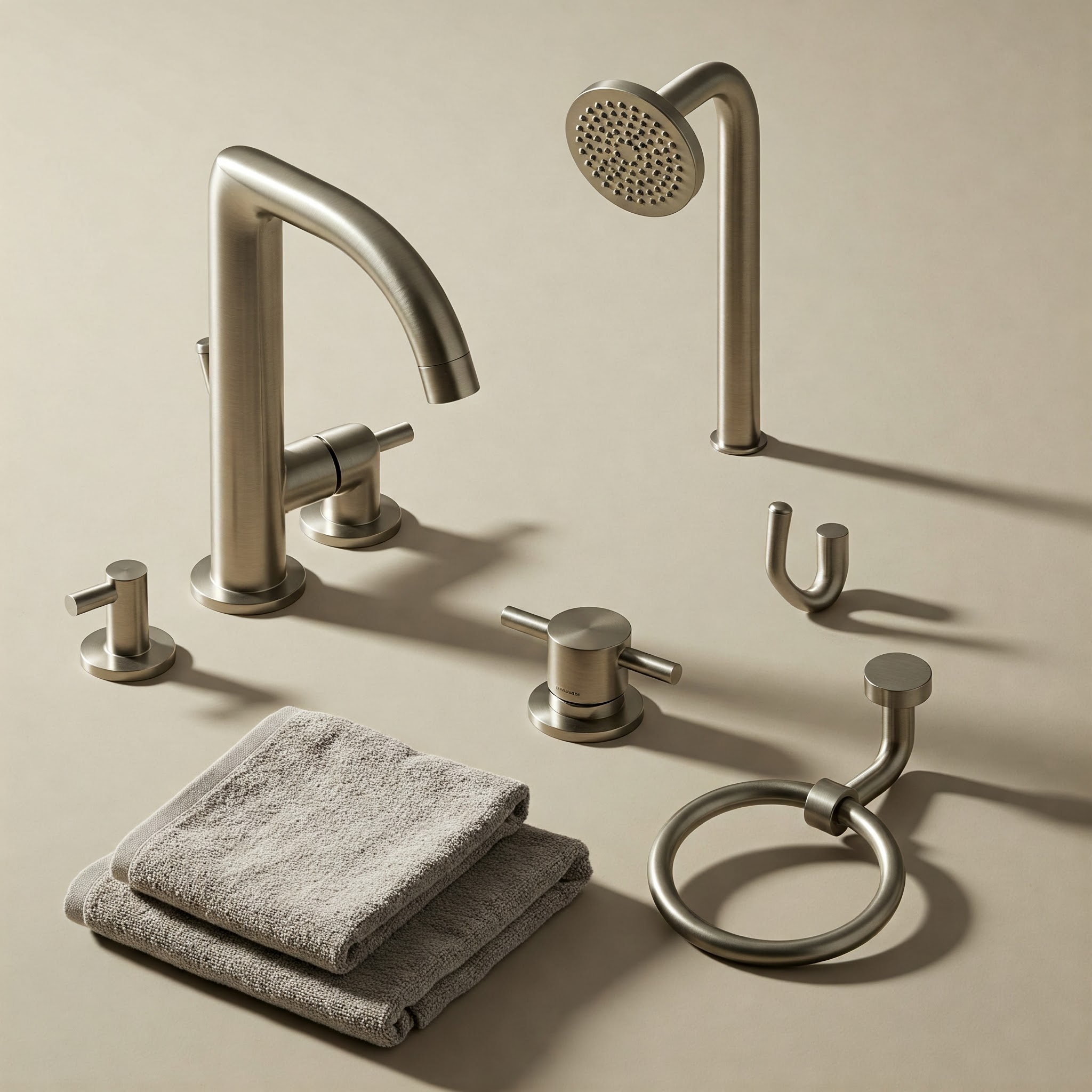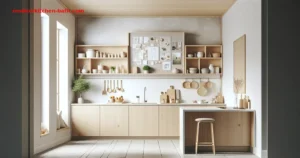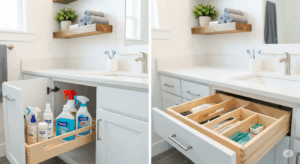Bathroom fixtures – the faucets, showerheads, toilet hardware, and accessories – are more than just functional necessities. They are the finishing touches that significantly impact your bathroom’s overall style, usability, and feel. With a vast array of designs, finishes, features, and price points available, choosing the “best” fixtures can seem daunting. This guide breaks down the key factors to consider, helping you select bathroom fixtures that perfectly match your needs, budget, and aesthetic vision.
Factor 1: Define Your Bathroom Style
Before anything else, consider the overall design style you want to achieve. Fixtures play a crucial role in defining whether your bathroom feels modern, traditional, farmhouse, industrial, transitional, or something else entirely.
- Look for Inspiration: Browse magazines, Pinterest, or design websites to identify styles you like.
- Match Your Theme: Ensure your fixture choices complement your vanity, tiles, lighting, and overall bathroom theme.
- Style Cues:
- Modern: Clean lines, geometric shapes, minimalist details (e.g., waterfall faucets, sleek lever handles).
- Traditional: Elegant curves, decorative details, classic shapes (e.g., cross handles, ornate spouts).
- Farmhouse: Vintage-inspired designs, bridge faucets, practical shapes, potentially rustic finishes.
- Industrial: Utilitarian look, exposed pipe details, darker metal finishes.
- Transitional: A blend of modern and traditional elements, offering timeless appeal.
Factor 2: Choose Your Finish(es)
The finish of your fixtures dramatically affects the look and maintenance requirements. Consistency is key for a cohesive design.
- Popular Finishes:
- Polished Chrome: Classic, bright, durable, widely available, and often budget-friendly, but shows water spots and fingerprints easily.
- Brushed Nickel / Stainless Steel: Softer, muted look compared to chrome. Hides water spots and fingerprints better. Very versatile.
- Matte Black: Bold, modern, high-contrast. Can be very striking but may show dust or hard water buildup more readily depending on the quality.
- Brass / Gold Tones: Adds warmth and luxury. Available in various sheens (polished, brushed, champagne bronze, satin brass). Requires coordination with other elements.
- Oil-Rubbed Bronze: Dark, rich finish with coppery undertones. Works well in traditional, rustic, or farmhouse styles.
- Coordination: Aim to use the same finish for your faucet, shower trim, tub filler (if applicable), toilet lever, and accessories (towel bars, robe hooks, toilet paper holder) for a unified look. Mixing metals can be done intentionally as a design choice, but requires careful planning.
- Maintenance: Consider how easy the finish is to clean and how well it resists water spots and fingerprints based on your tolerance for upkeep.
Factor 3: Functionality & Features
Think about how you use your bathroom and what features are important:
- Faucets:
- Mounting Types: Single-hole (modern, clean), centerset (common, baseplate connects handles and spout), widespread (handles and spout are separate pieces – needs specific sink drillings). Ensure compatibility with your sink.
- Handle Types: Single lever (easy temperature/flow control), double handles (separate hot/cold, classic look), cross handles.
- Features: Standard, waterfall spout, touchless (motion-activated), high-arc spouts (more clearance).
- Shower Systems:
- Showerhead Types: Fixed wall-mount (standard), handheld (versatile, good for cleaning), rain shower (luxurious, wide coverage), body jets (spa-like). Often combined.
- Valve Types: Pressure-balance valves (prevent scalding from pressure changes) are standard. Thermostatic valves offer precise temperature control and safety, allowing you to set an exact temperature.
- Toilet Hardware: While the toilet itself is separate, ensure the flush lever or button finish matches your other fixtures.
- Accessories: Consider the number and placement of towel bars (single vs. double), robe hooks, toilet paper holders (wall-mount vs. freestanding), and towel rings needed for your household.
Factor 4: Quality and Durability
Bathroom fixtures endure daily use and exposure to water. Investing in quality can prevent leaks, drips, and the need for premature replacement.
- Construction: Look for solid brass construction for faucets and shower valves – it’s durable and resists corrosion. Avoid plastic internal components where possible.
- Brand Reputation: Research brands known for quality construction, reliable performance, and good customer service.
- Warranty: Check the manufacturer’s warranty, especially for finishes and valve cartridges (ceramic disc cartridges are generally preferred for longevity).
- Reviews: Read online reviews for insights into long-term durability and user satisfaction.
Factor 5: Budget
Fixture prices range from budget-friendly to high-end luxury.
- Set a Budget Early: Determine how much you can allocate to all fixtures (faucet, shower, accessories) as part of your overall bathroom budget.
- Balance Cost and Quality: While tempting to save money, very cheap fixtures often use lower-quality materials and may fail sooner. Consider reliable mid-range brands for a good balance.
- Prioritize: Allocate more budget to high-use items like the main faucet and shower valve.
Factor 6: Water Efficiency
Conserving water is environmentally responsible and can save money on utility bills.
- WaterSense Label (US) / Local Equivalents: Look for fixtures certified by programs like the EPA’s WaterSense, which indicates they use significantly less water than standard models without sacrificing performance. Many regions have similar water efficiency standards or labels.
- Flow Rates: Check the flow rates (gallons per minute/GPM or liters per minute/LPM) for faucets and showerheads.
Factor 7: Installation Considerations
- Compatibility: Ensure your chosen faucet type matches the pre-drilled holes in your sink or vanity top (e.g., widespread faucets need three holes spaced apart). Check shower valve compatibility.
- Ease of Installation: Some fixtures are designed for easier DIY installation, while others may require a professional plumber. Factor installation costs into your budget if needed.
Conclusion
Selecting the “best” bathroom fixtures is about finding the right combination of style, finish, functionality, quality, and price for your specific needs and preferences. By carefully considering your bathroom’s overall design, how you use the space, the durability of materials, water efficiency, and your budget, you can make informed choices. Taking the time to select fixtures thoughtfully will ensure they not only look great but also perform reliably and enhance your daily routines for years to come.







Leave a Comment